The Chiricahua Mountains and Cave Creek Canyon April 2021: Part II, Rare Birds at the Feeders6/25/2021 Yellow-breasted Chat If you live in Portal, Cave Creek Canyon is your backyard. Put out feeders and water, keep everything clean and stocked 7/24, and a wide range of species will appear. Any bird in the neighborhood who will come to a feeder will visit you. Birders like ourselves are lucky there are a number of private lodges and residences in Portal that open up their "feeder theaters" to us. The Cave Creek Ranch, where we stayed, maintains stocked feeders from dawn to dusk, and is open to the public for a contribution to their seed and jelly fund. In addition, two private homes have opened their backyards to the public both with a seed and jelly kitty jar. Bob Rodrigues lives off of Portal Road, at the site previously owned by the Jasper family. He continues to maintain the "Jasper Feeders." The link will take you to an eBird Hotspot page with directions and more details. Dave Jasper now lives off of the south side of Portal Road, just west of Portal Peak Lodge, Store and Cafe. He has continued the feeder tradition at his new home. During our visit in April we spotted a number of species that, if not rare, are usual sightings for Cave Creek Canyon. For more on his site and birds seen here, see this eBird page. The next three species are in this OMG! category, a special sighting for Cave Creek Canyon. All of the images for these three were captured at Dave Jasper's backyard on Portal Road. Yellow-breasted ChatThe Yellow-breasted Chat is a long-tailed tanager-like bird with a thick bill. Previously thought to be a warbler (family Parulidae, New World or Wood Warblers), in 2017 it was placed in its own family, Icteriidae. It sports a bright yellow throat and breast, with dull olive-green upper parts and white spectacles. The two sexes are similar in appearance. Although its range is extensive throughout North America, it is often difficult to see, favoring dense thickets and shrubby areas, and therefore an uncommon sighting. It is also considered skulking and secretive in nature, making it more elusive. However, early in the breeding season the male's presence is easy to determine by his extensive vocal repertoire, composed of whistles, rattles, catcalls, and grunts. (References: Birds of the World, eBird). They eat insects, but also fruit, and may have been drawn to the orange halves and jelly jars. Maybe it was a combination of the breeding season (April) and the dry winter of 2021 that brought this male to Dave Jasper's feeders and watering hole. Cassins's FinchThe Cassin's Finch is a rosy-tinged finch of the mountains of the western U.S. and Canada. The species lives year round in western Colorado, Utah, Wyoming, Nevada, Idaho, Oregon, Washington, Montana and Canada, with breeding further north in Canada. The birds that migrate will go as far south as central Mexico, always sticking to the mountains. Arizona is in their winter range, but they are not as common in our area as the House Finch. These birds we spotted at Dave Jaspers feeders are probably migrating north from Mexico. The male is rosy red, with bright red crown feathers which we see raised up in the image above. The red is due to carotenoid pigments which come from their diet of foods like orange berries of firethorn plants. The male Cassin's Finch can be distinguished from male House Finches by the brighter peaked crown, unstreaked underparts, and a rosy wash on the back which is visible in the image below. The bird below is a female Cassin's Finch with crisp streaks on the underparts, in contrast to the softer appearance of the streaks in the female House Finch. Lawrence's GoldfinchThe male Lawrence's Goldfinch is a well dressed bird, soft gray overall offset by a black face, cap and throat, and yellow accents splashed on the breast, wings and rump. If GQ published an edition for birds, this bird would win best dressed. The species is in the family Fringillidae, along with the American and Lesser Goldfinch, the Cassin's Finch (which we just saw), the Pine Siskin, Crossbills, and the Pine and Evening Grosbeak, among others. The Lawrence's Goldfinch lives year round on the southern California and Baja coasts, breeding further north on the California coast and valley areas, wintering in Arizona, New Mexico and Canada. It is a nomadic species, often migrating west to east rather than north to south, always seeking rainfall, seeding plants and drinking water. They have no loyality for their breeding areas, often present in large numbers one year, and absent the next. For whatever reason, this male ended up in Cave Creek Canyon in April. Lawrence's Goldfinch eat mostly plant seeds, plant buds, and some fruit, only rarely insects. The lemon yellow breeding plumage come not from a molt, but from wear, yellow emerging through the overlying gray of the feathers. Below are two images of this male taking off from the feeders. I was fortunate that the bird stayed in the focal plane. We can see the notched tail with white streaks, yellow rump, yellow of the worn edges of the flight feathers, and coverts, as well as the head markings. In the image below, the tail is moving slightly to the left for stabilization and steering. I hope birds enjoy flying, because it looks like fun! For the photo geeks, the two images above were shot with a Canon R6, EF 100-400 IS II with 1.4 III extender at 540 mm, f 8.0, ISO 6400, 1/2000 second, mounted on a tripod with a Wimberley gimbal head. These started as RAW images with post production processing in Adobe Photoshop Lightroom CC and then export as JPGs for this site. The Orioles Three . . . .We got a chance to see three orioles at one sitting, Scott's, Bullock's and Hooded. Orioles are members of the blackbird family (Icteridae), along with meadowlarks and cowbirds. Birds in this family all have strong, long, and pointed bills, good for gathering food and building nests. Scott's OrioleScott's Orioles are residents of high deserts and adjacent mountain slopes, where they eat mostly insects, fruit and nectar. They are closely associated with yuccas throughout their range, looking for insects and nectar from the yucca flowers, and hanging their nests from live yucca leaves. They live year round in southern Mexico and the tip of Baja and breed in northern Mexico and in Arizona, New Mexico and Utah. The males sport bright lemon yellow below, velvety black above with a black throat and chest. They have a yellow shoulder with white wingbars and a black and yellow tail. In the images above and below we see a male going for an orange, and dipping into the jelly jar. Cave Creek Canyon is in their breeding range. In the images above and below we see a female Scott's Oriole, with characteristic dull yellow below, olive-green above with faint wingbars and some stippling of the head. She may have a nest nearby. In the sequence below we see a male taking off, showing markings on the wings and tail. Bullock's OrioleThe male Bullock's Oriole is bright orange with a black line through the eye, black cap and throat and a white wing patch. They breed throughout the western U.S from Texas and Colorado to California and up into Oregon, Idaho and Montana. Cave Creek Canyon is in their breeding area. They winter in southern Mexico and central America. The female, seen below, has a more muted appearance with a white wingbar, and gray on the abdomen. Hooded OrioleThe male Hooded Oriole has a black tail, throat, and wings with yellow to orange rump, hood, and belly. The black throat extends up the face creating a little mask around the eye and down the chest to make a bib. Adult males sport white wingbars. Females are olive-yellow overall with grayer backs and thin white wingbars. Hooded Orioles eat a variety of insects as well as fruit and nectar from flowering plants, as well as nectar from hummingbird feeders. They breed in portions of northern Mexico, southern Arizona, New Mexico and California. In California they are often nick-named "palm-leaf orioles," for their propensity to build hanging nests on the undersides of palm fronds, using their sturdy bills to “sew” the nest to the frond. They have also been known to migrate into new communities in California to take advantage of newly planted palms. They winter in southern coastal Mexico. In the sequence below we see a male taking off from the jelly feeder, very carefully staying in my plane for focus. Lazuli BuntingThe breeding male Lazuli Bunting, a relative of the cardinal and grosbeak, is brilliant blue above, with a pumpkin-colored breast and pale belly. Lazuli Buntings eat a variety of insects as well as berries and seeds. They frequent feeders, especially those stocked with white proso millet. The species breeds in the western U.S. from costal California east to Nevada, northern Arizona, and north to Utah and Colorado and up into Canada, wintering in SE Arizona and Mexico. This male is likely in migration north. Each male Lazuli Bunting has his own unique "voice," a combination of notes developed in the first year on the breeding grounds. This unique song is based on the syllables and song fragments gleaned from other males, and becomes their song for life. That's it for Part II. Stay tuned for more in the next few weeks. Happy Trails!
0 Comments
Leave a Reply. |
AuthorHenry Johnson, photographer and author of this site. For more detail, see About
Categories
All
Archives
July 2024
|
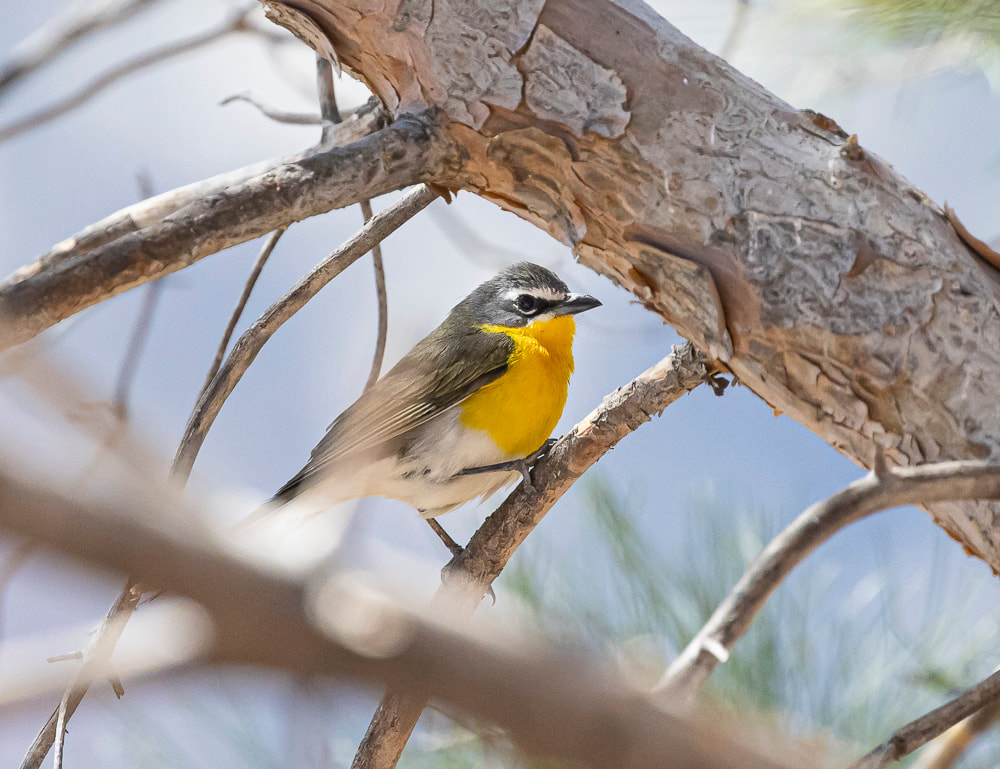

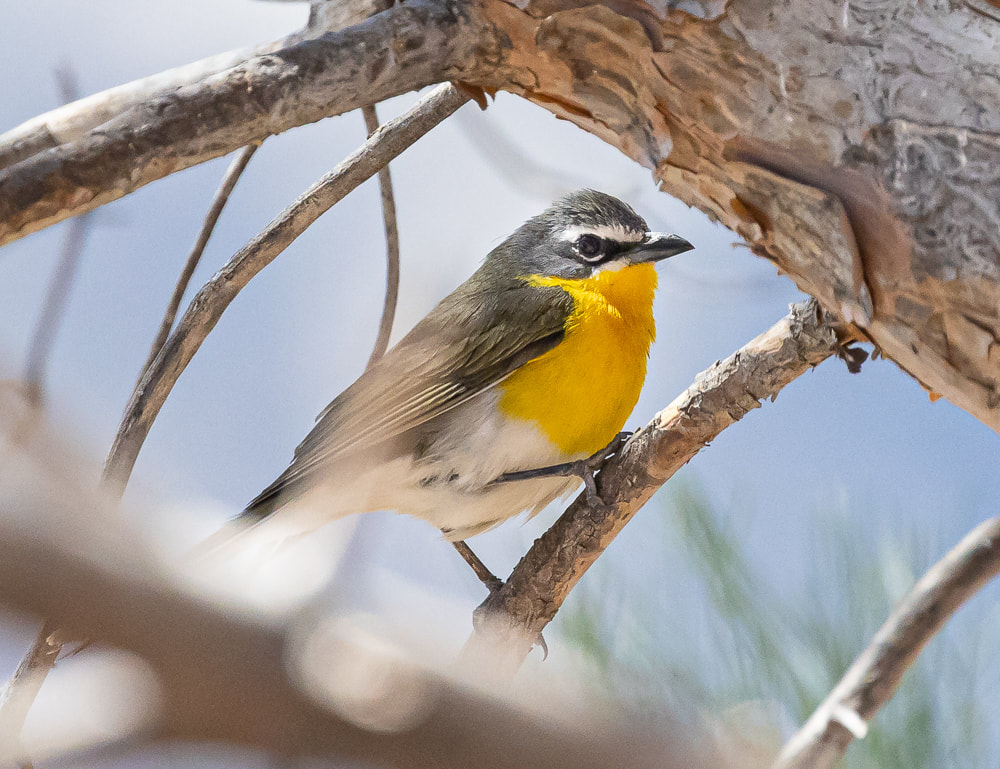
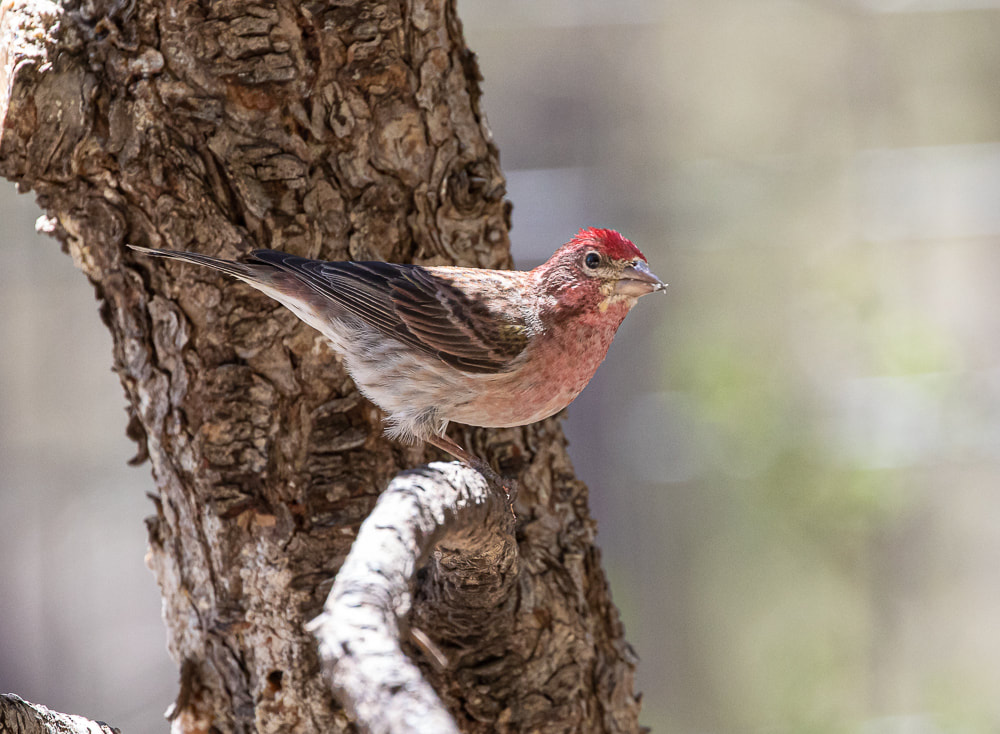

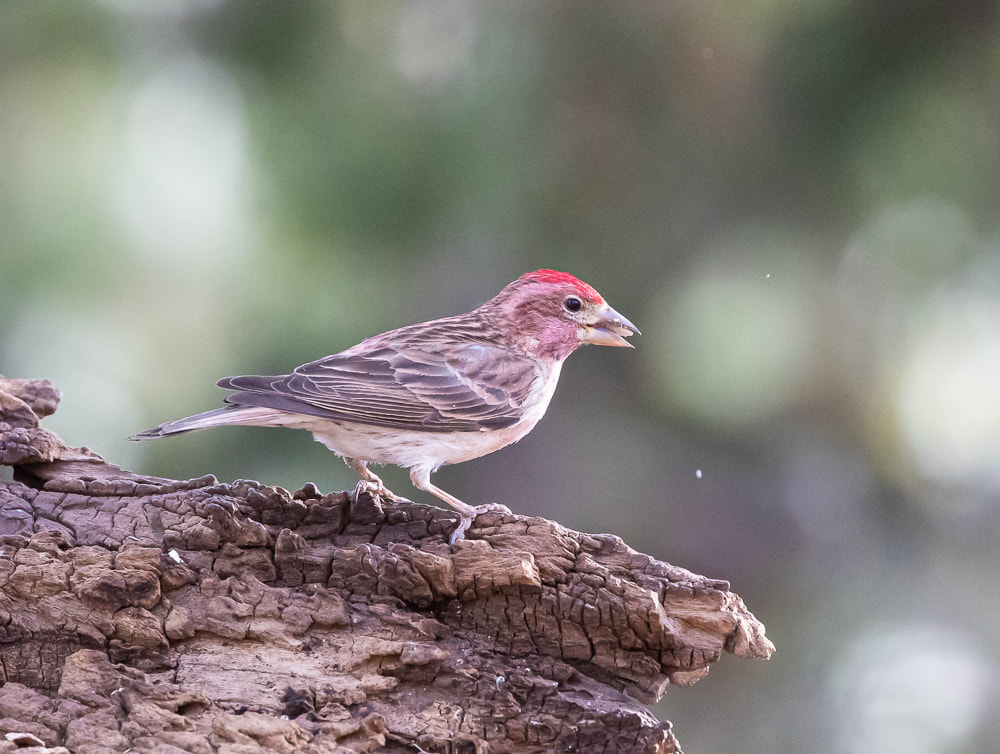
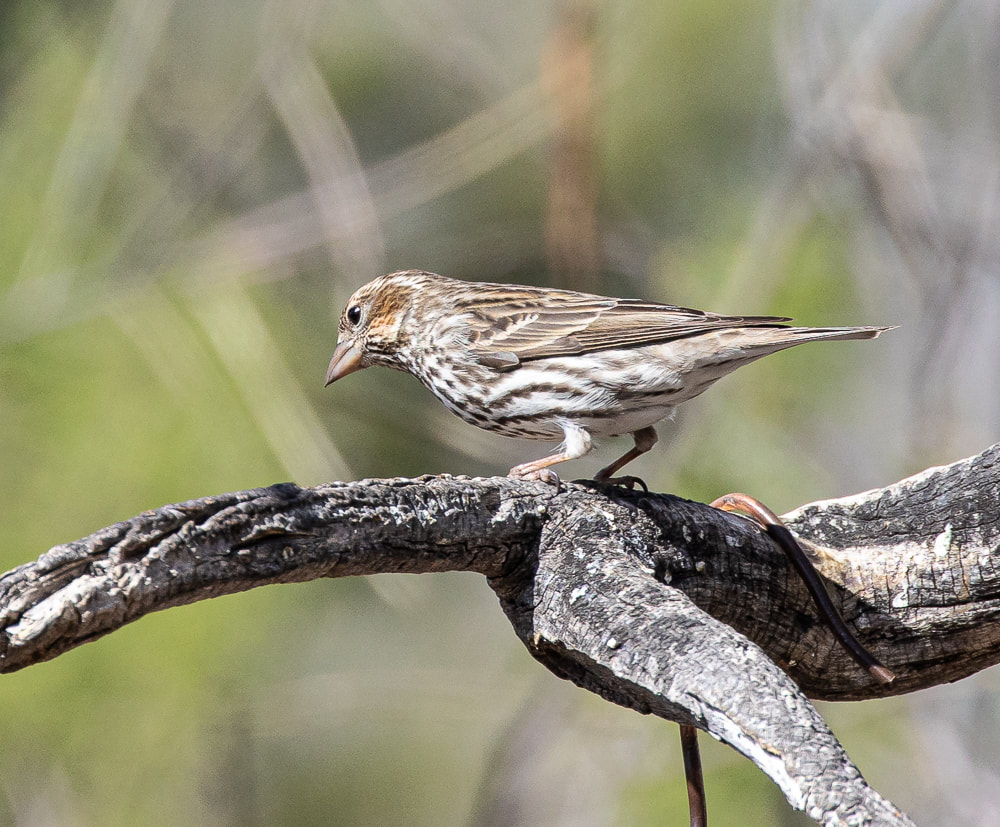
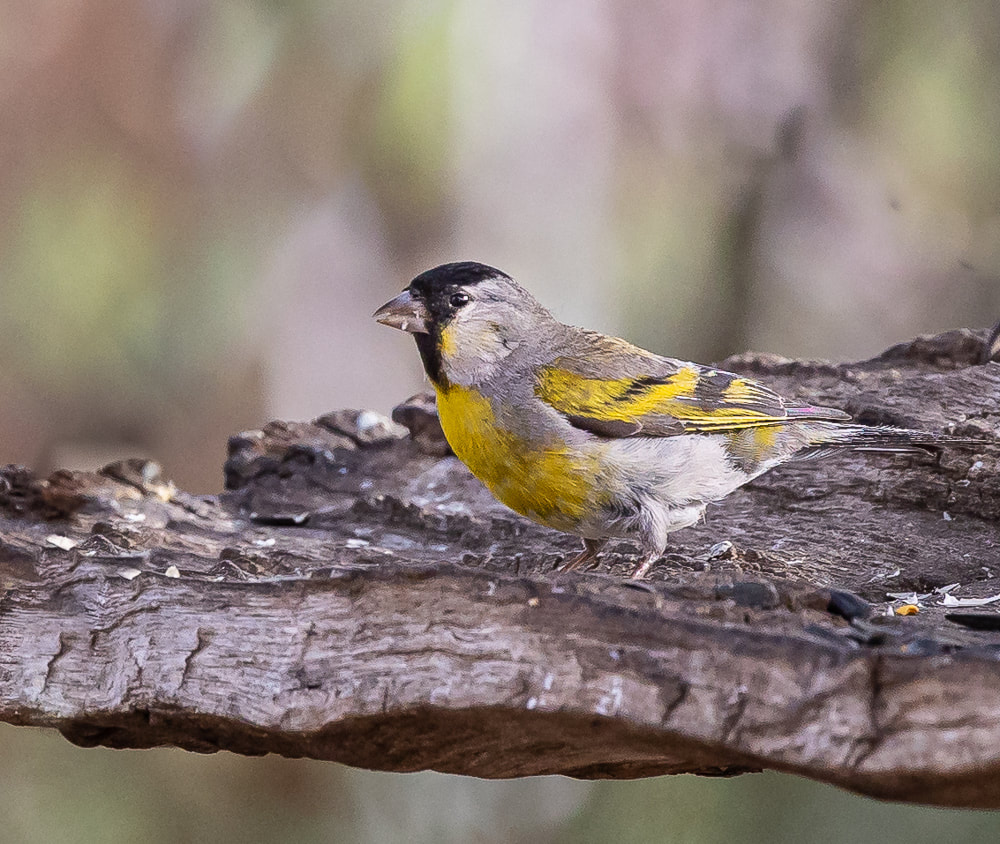
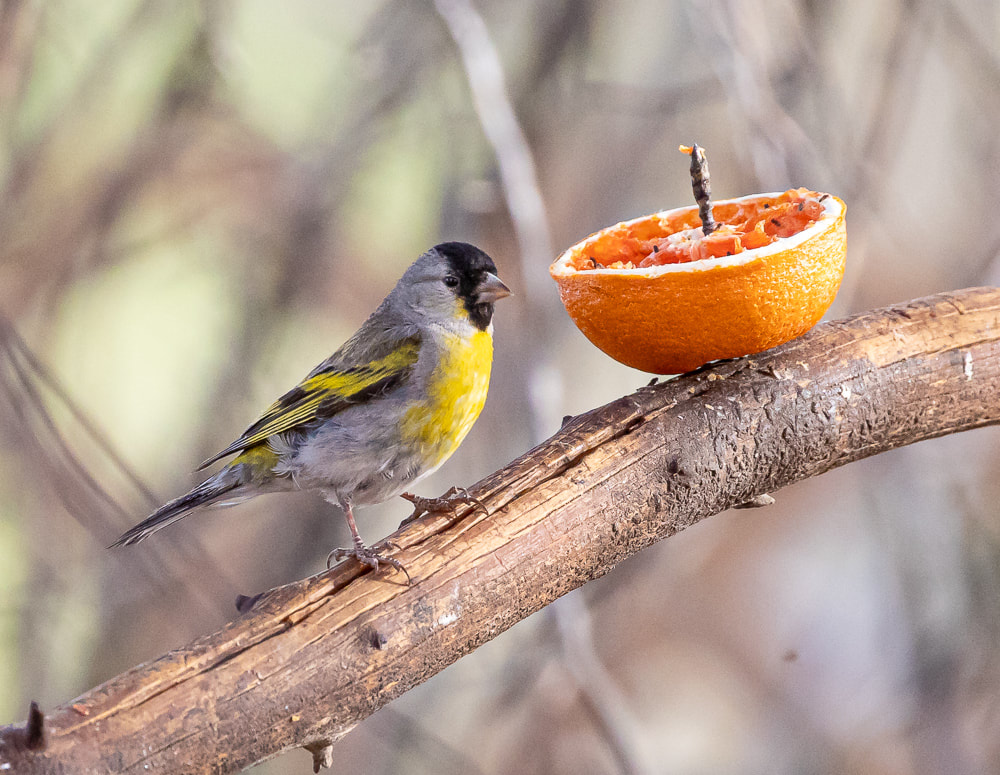


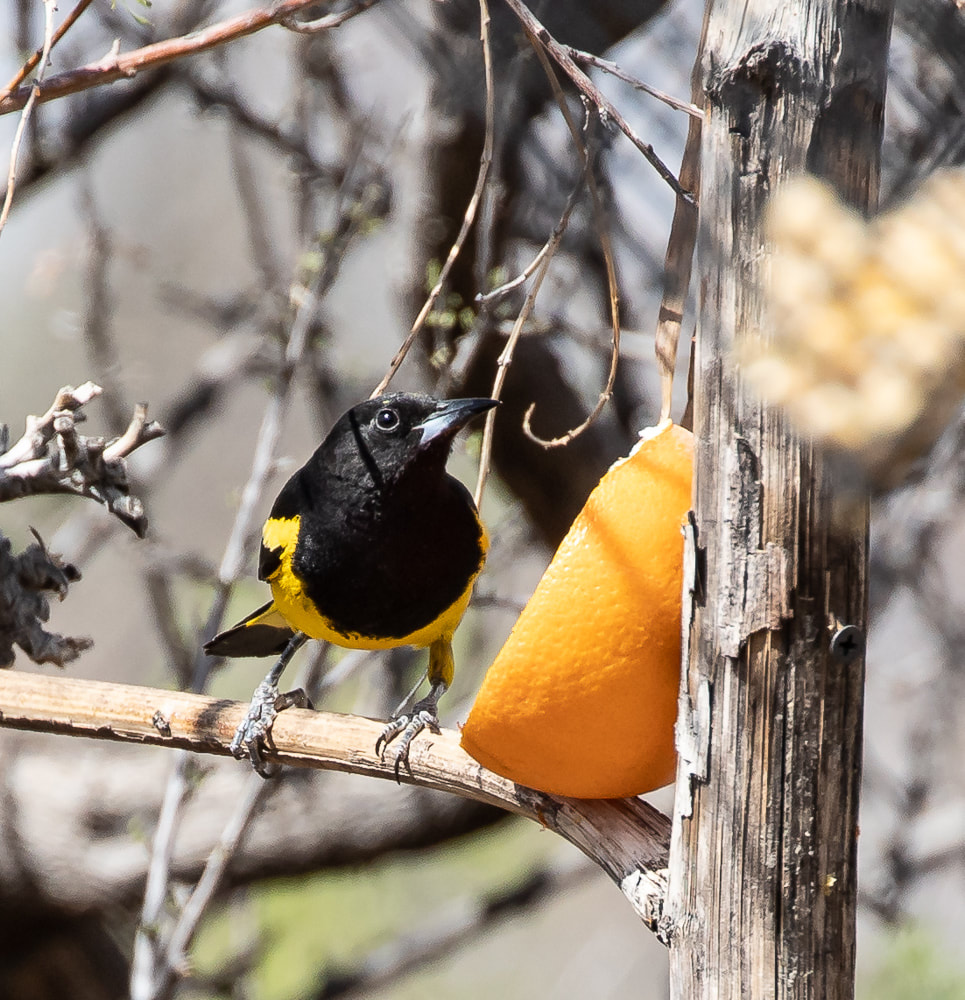

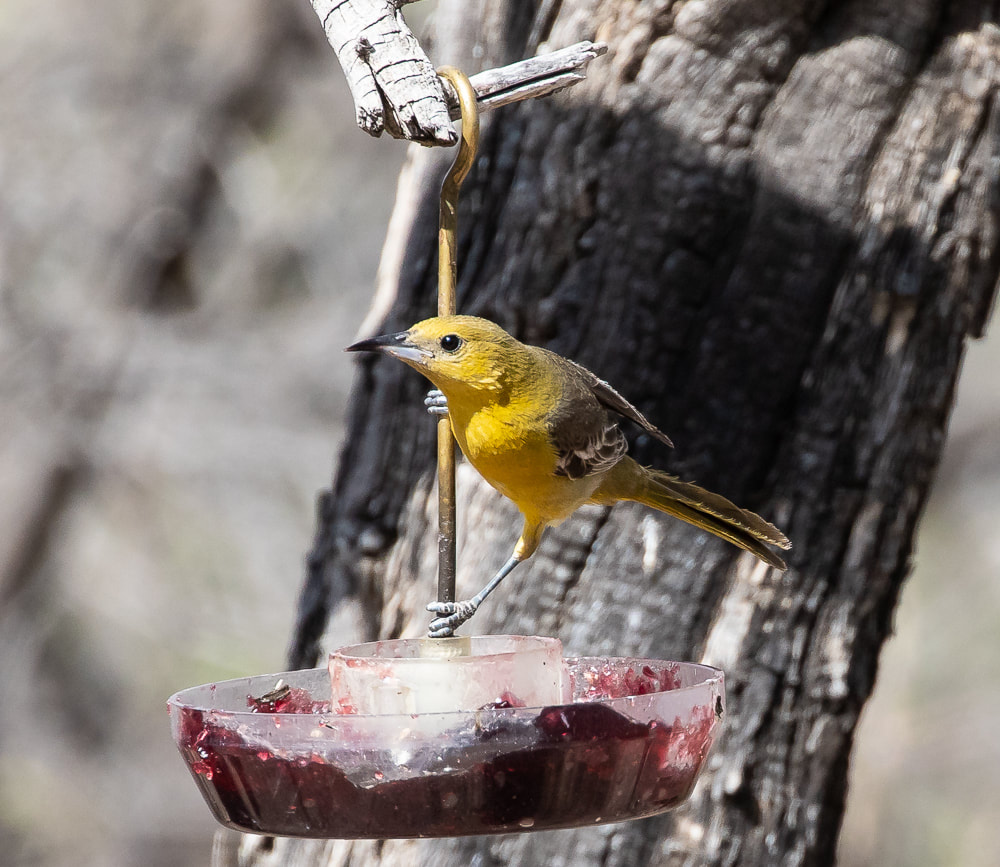
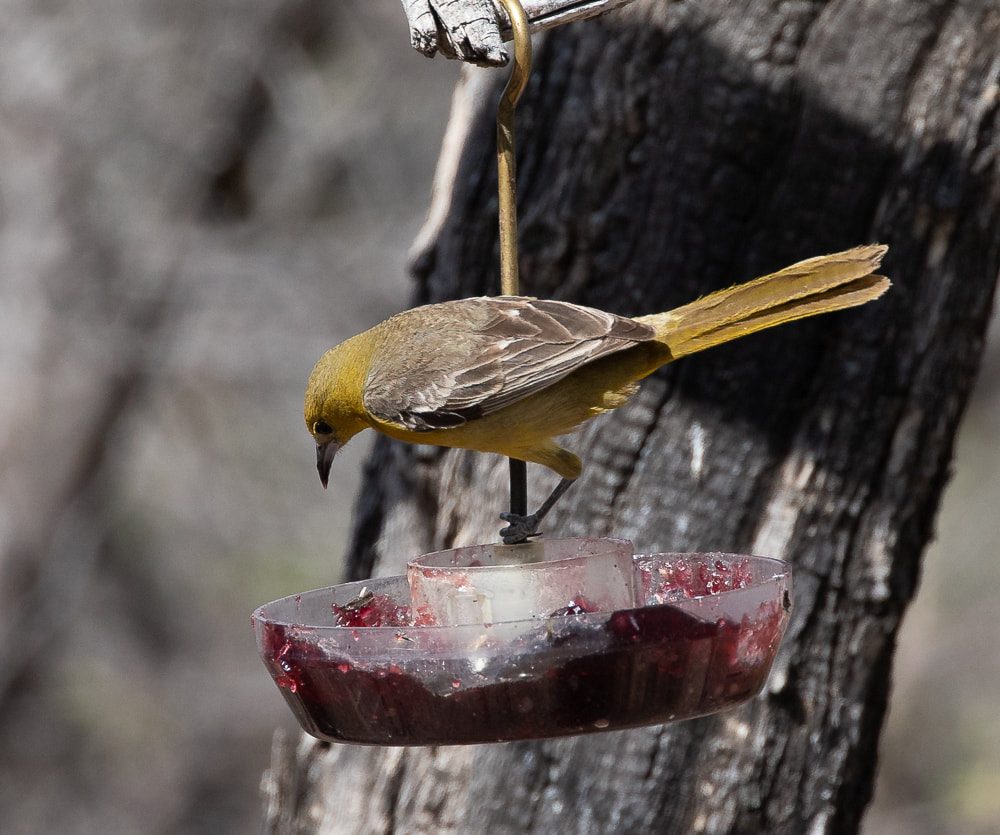
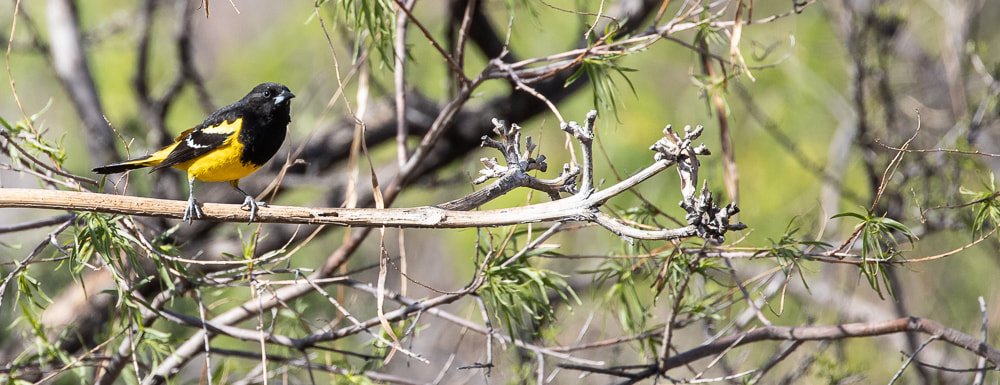
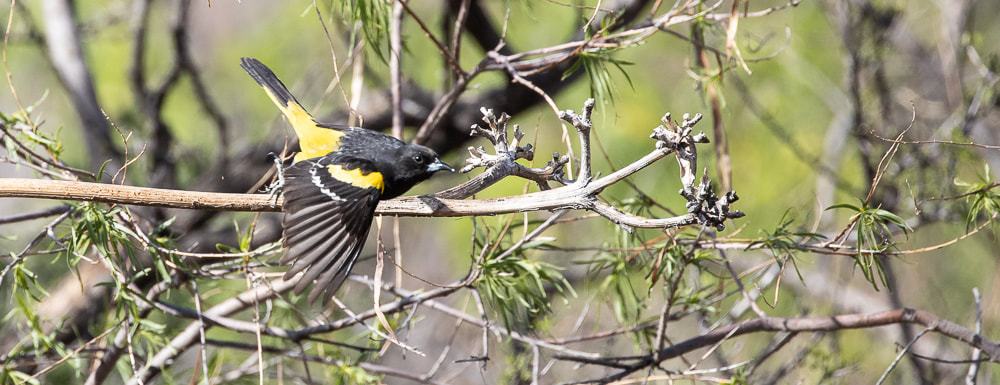
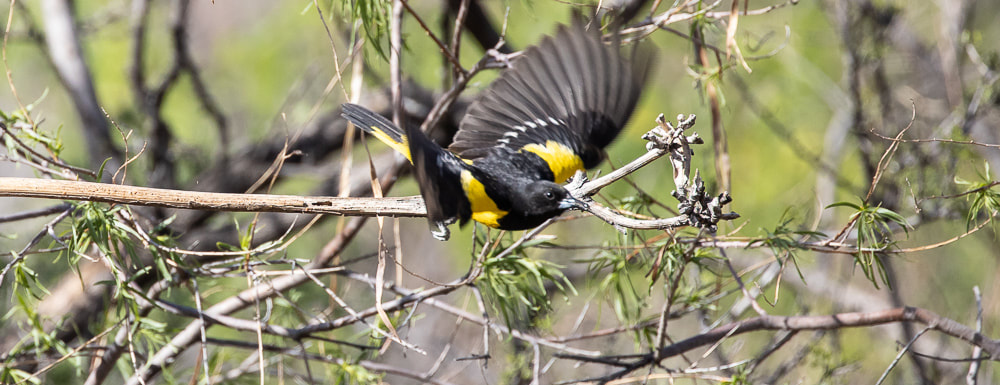
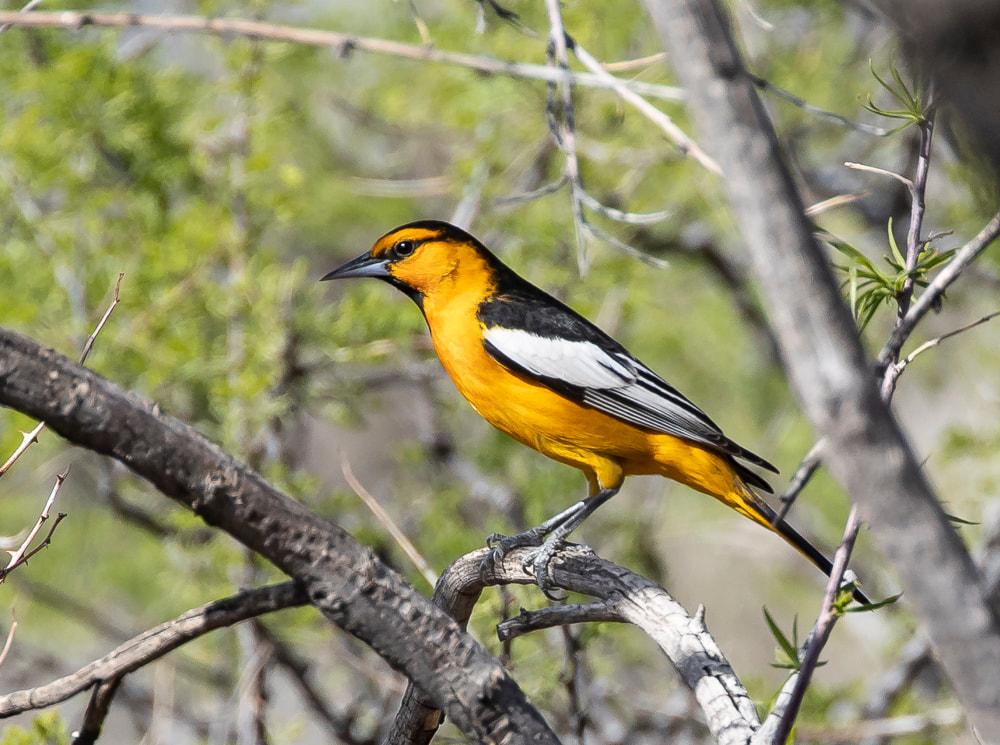
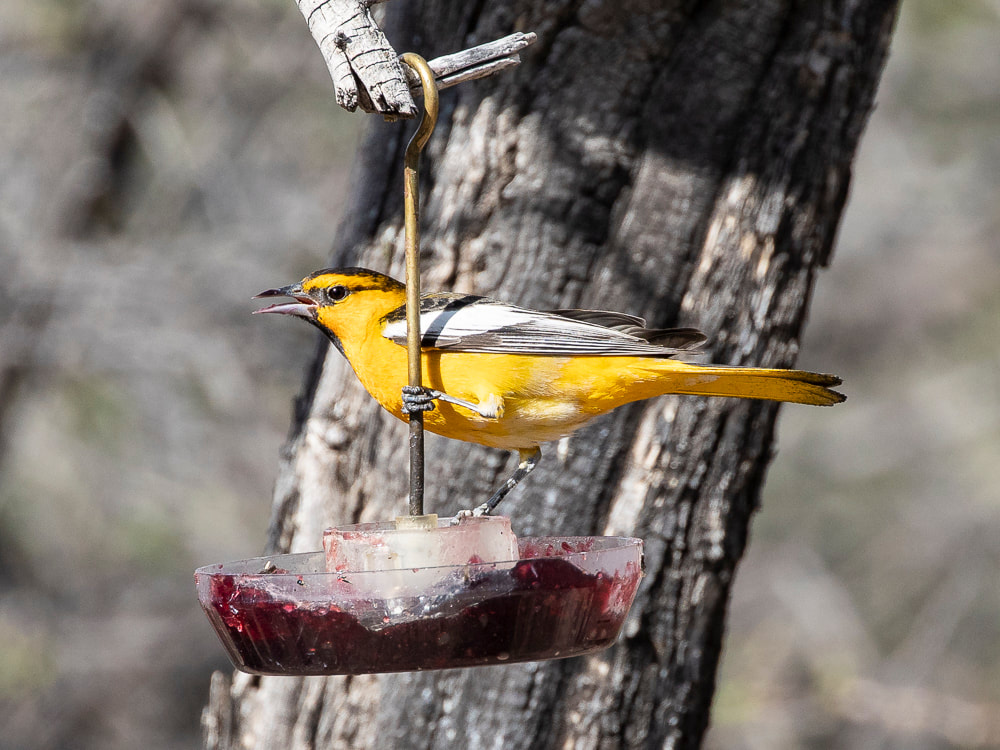
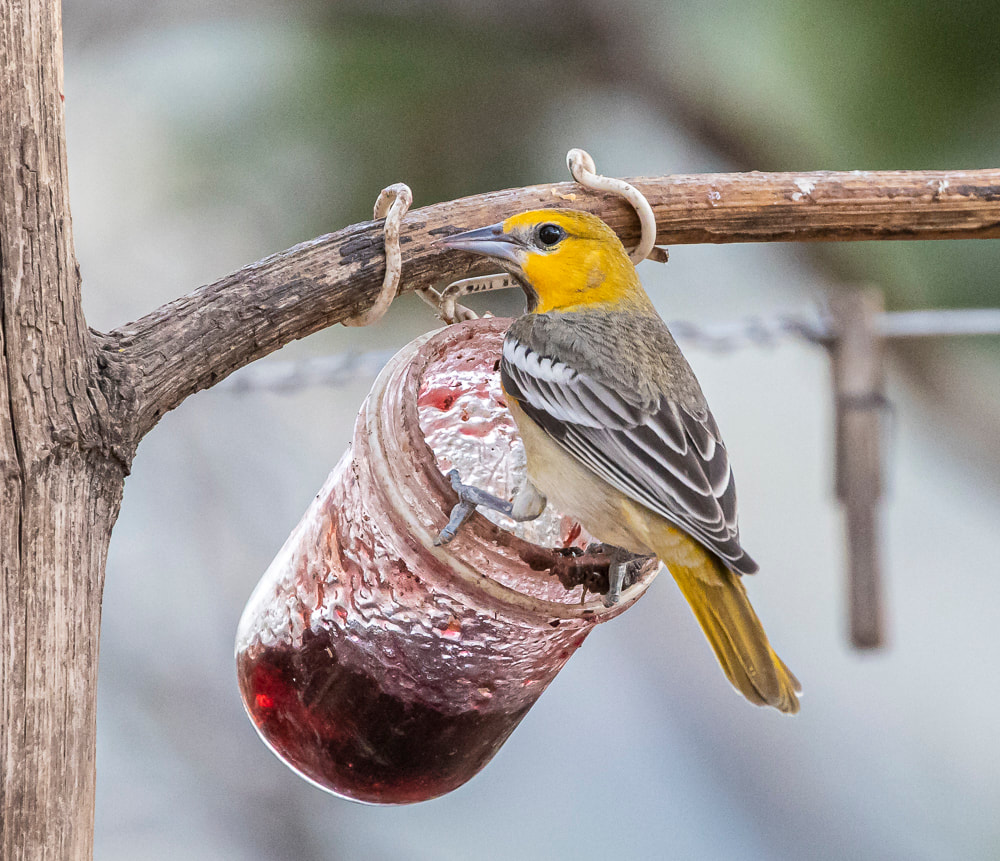
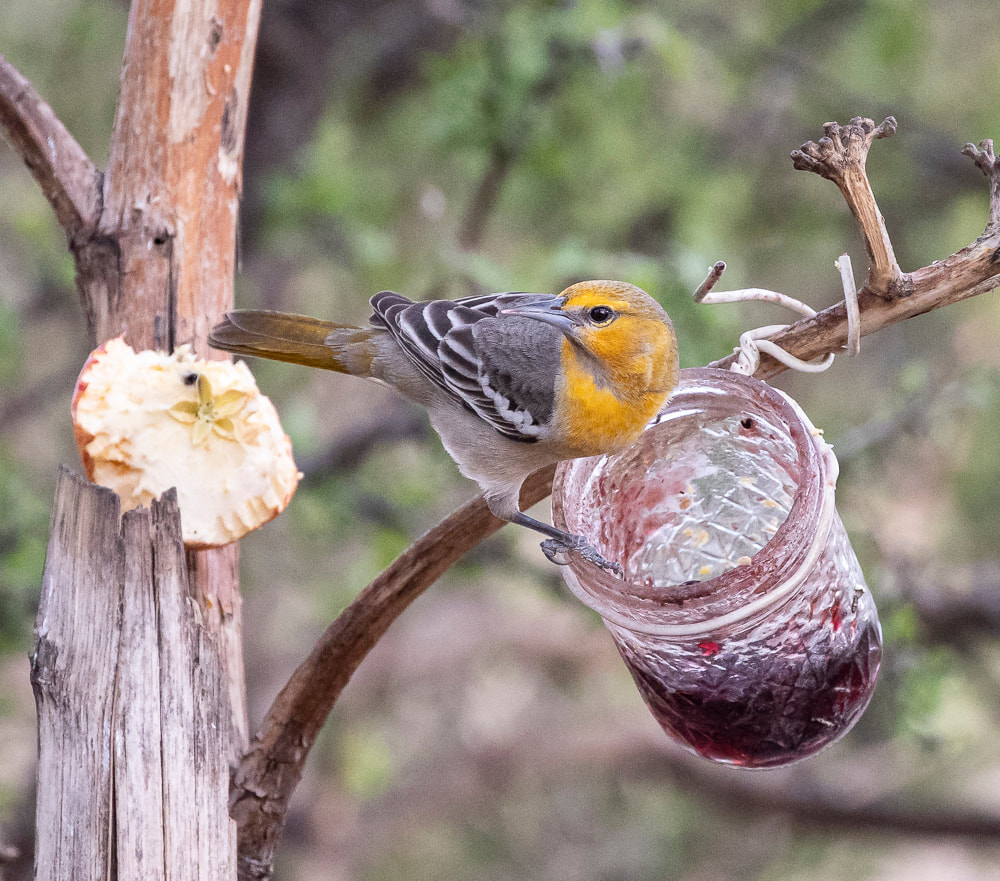
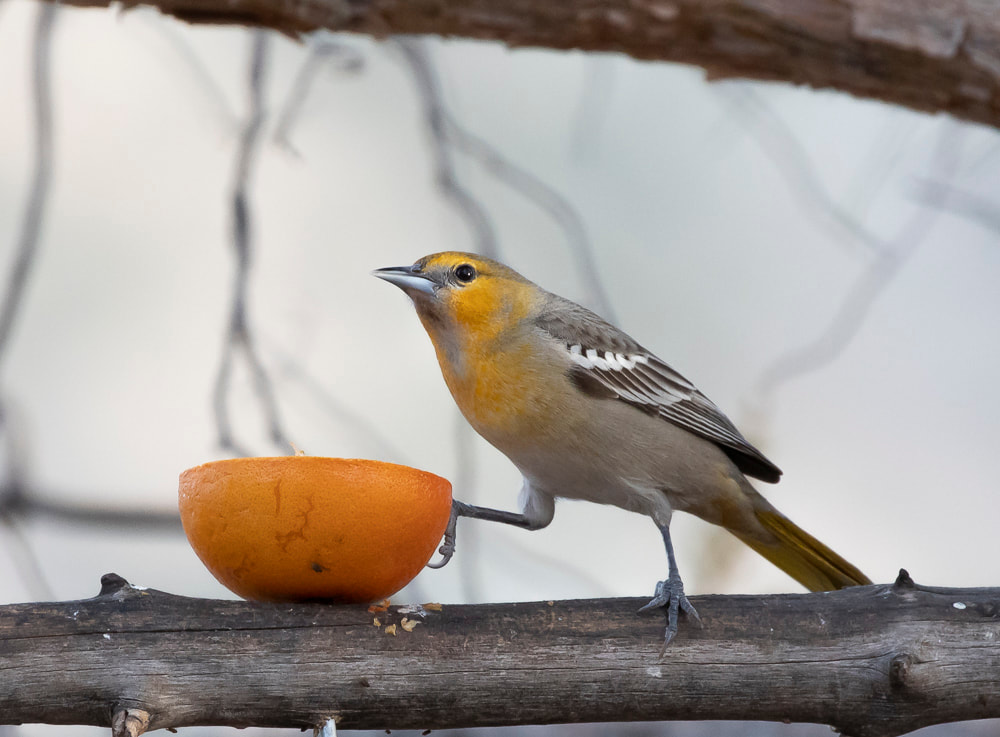
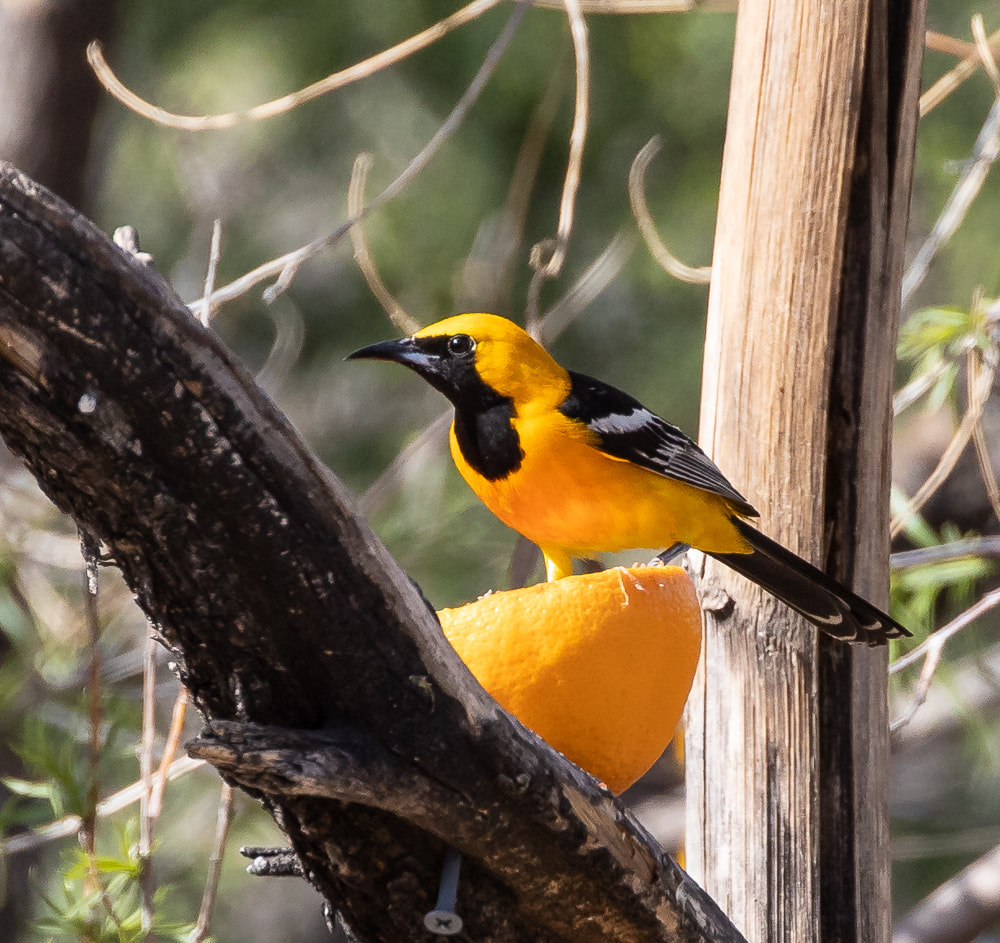
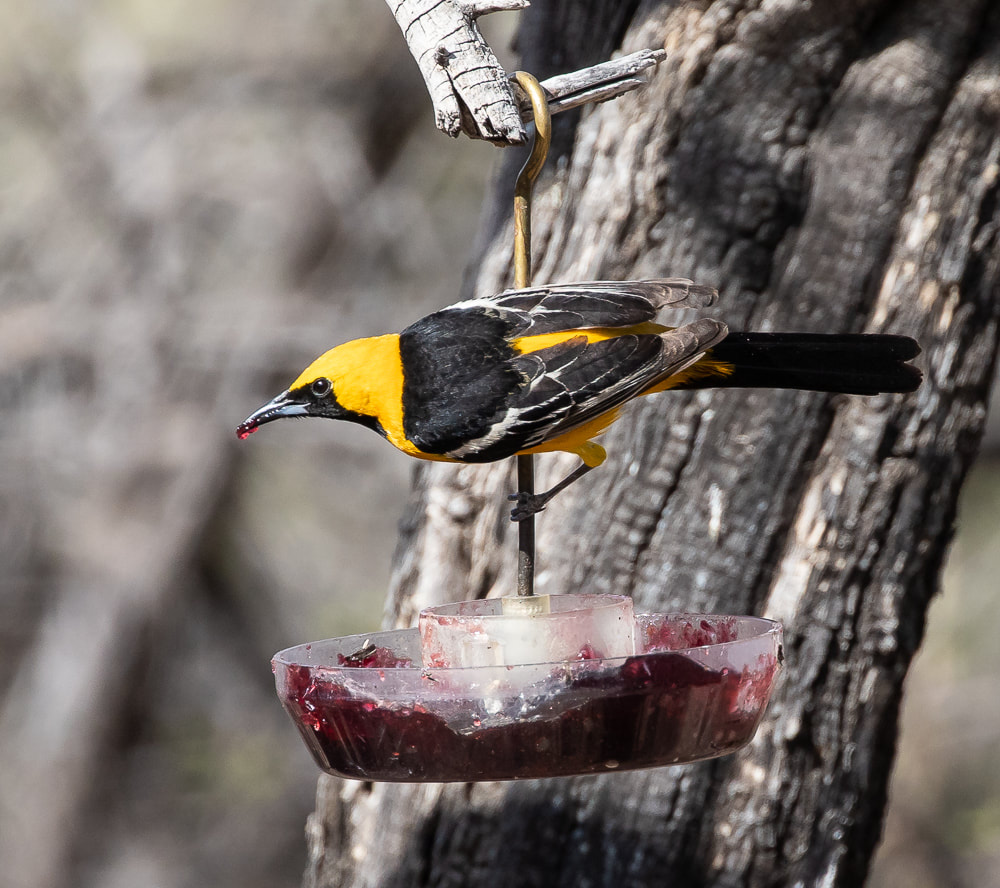
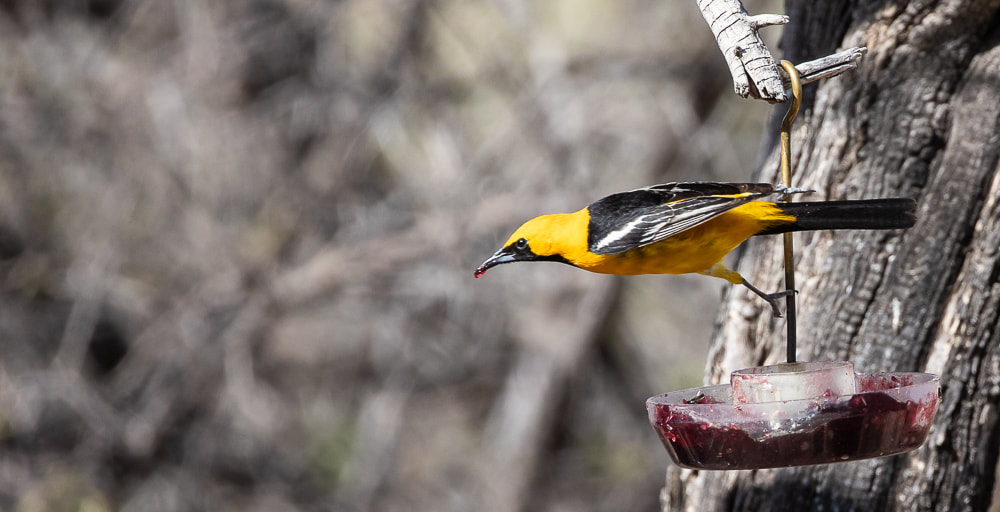
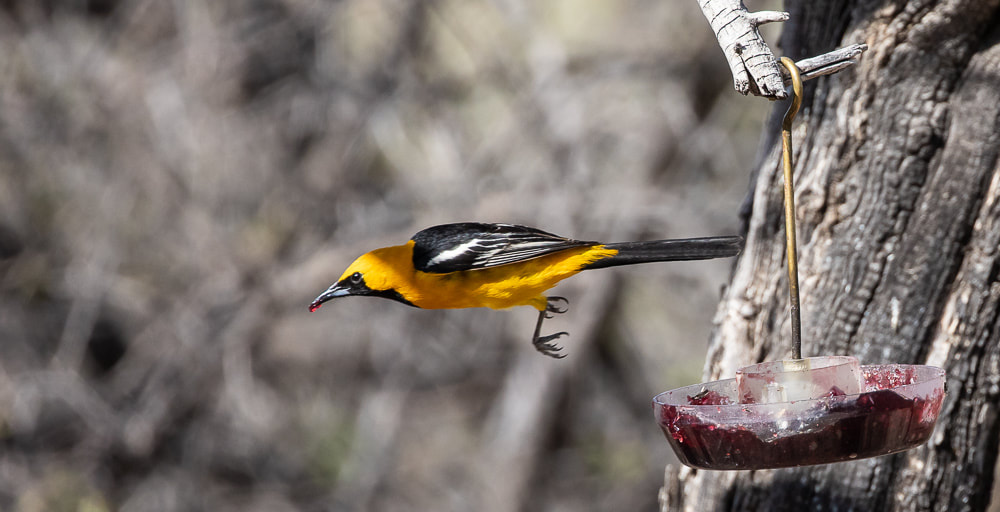
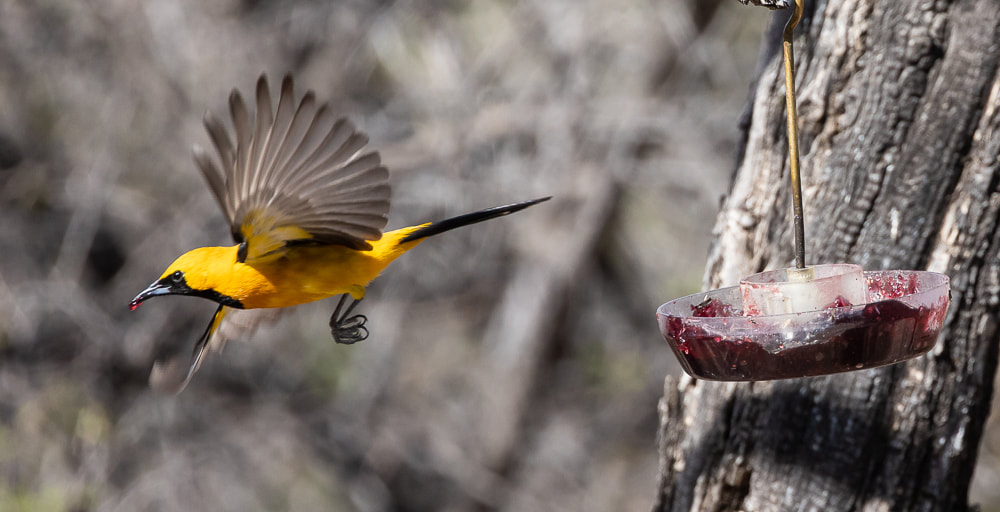
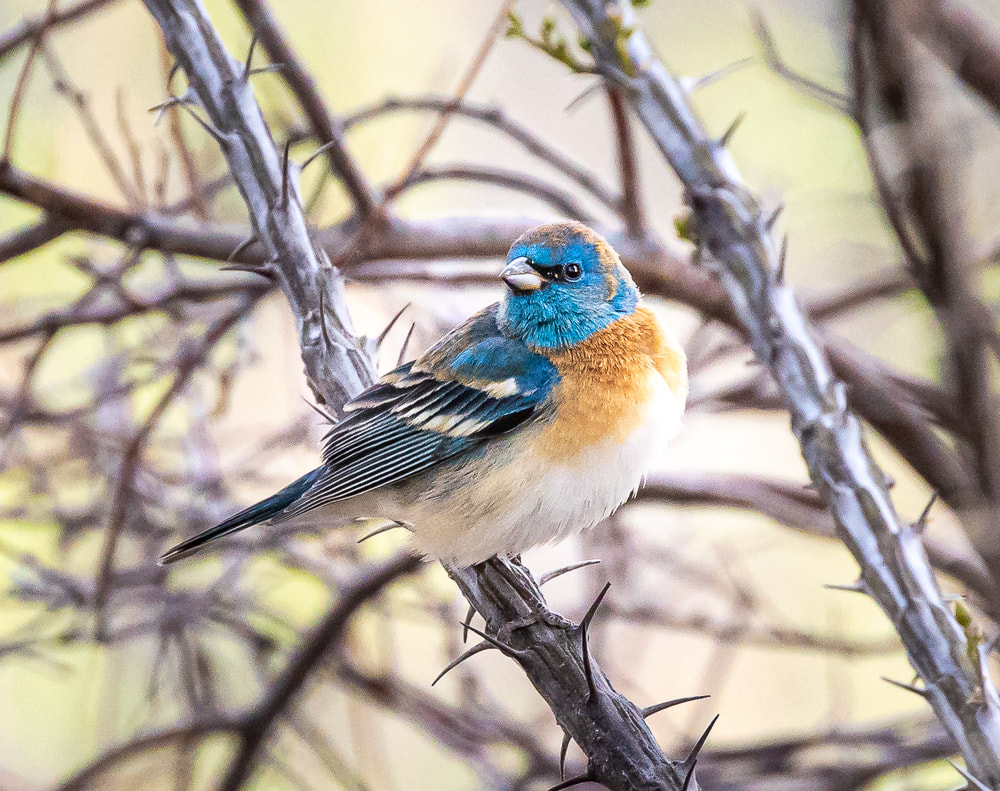
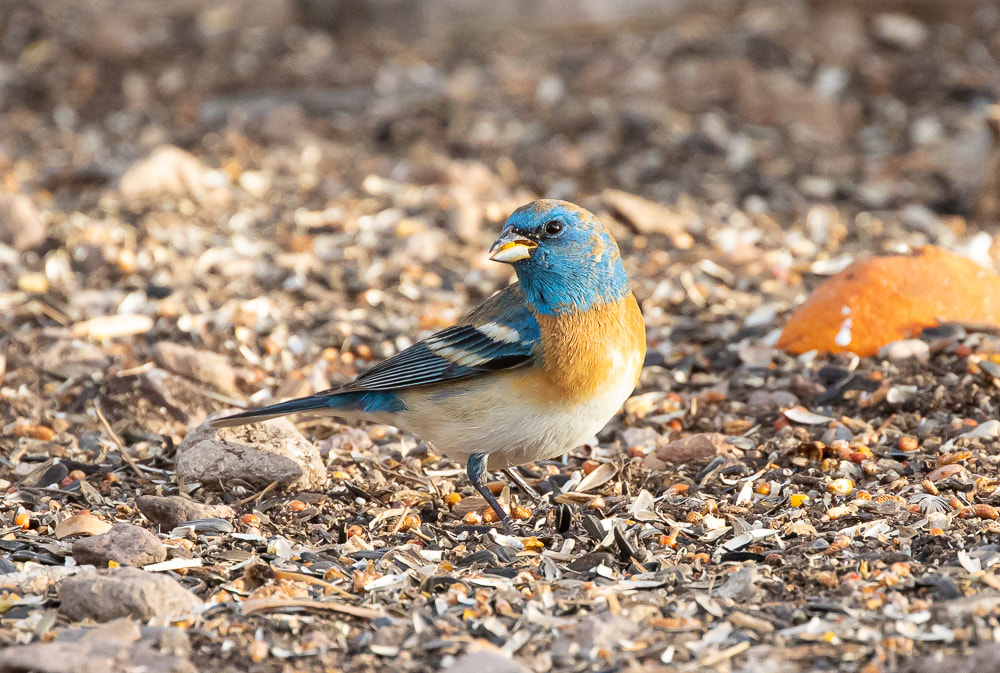
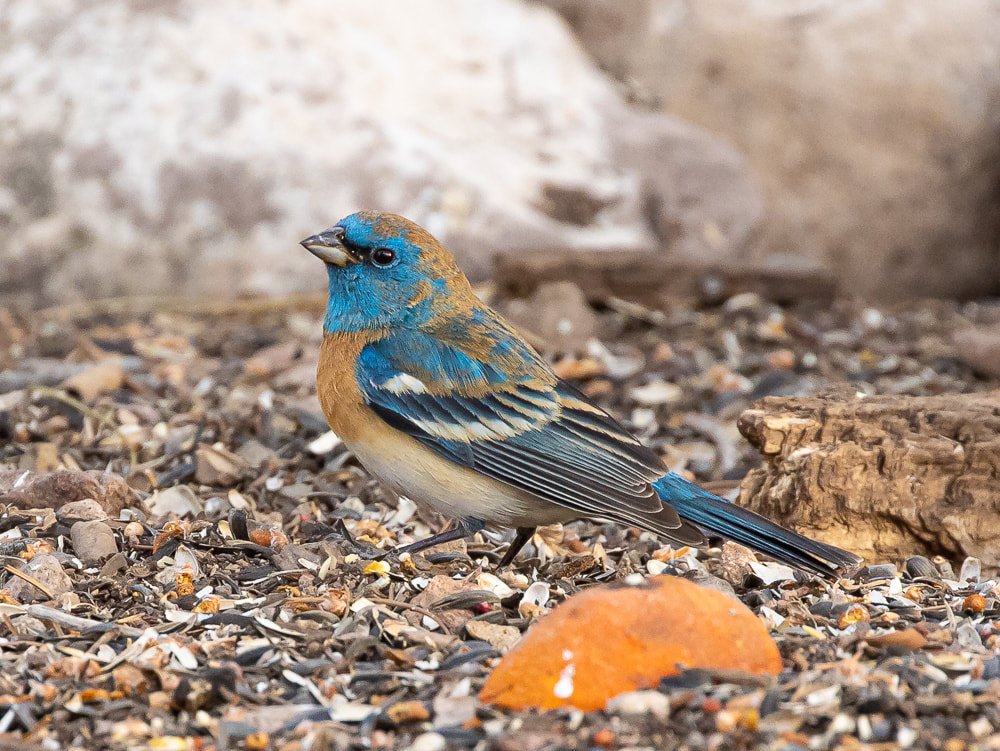
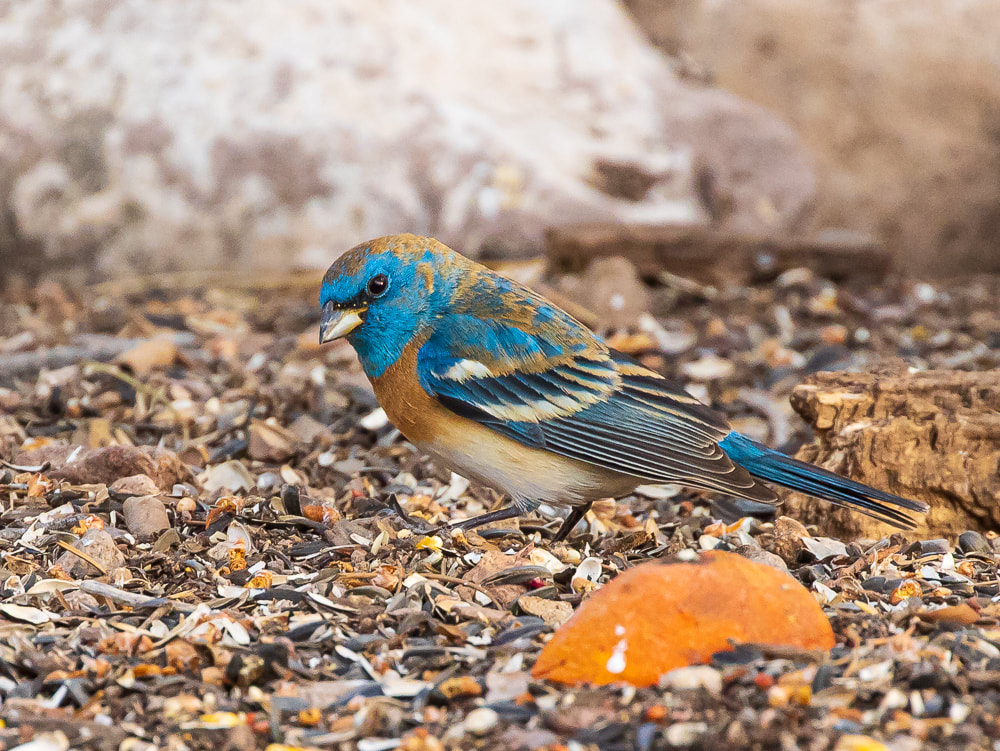
 RSS Feed
RSS Feed